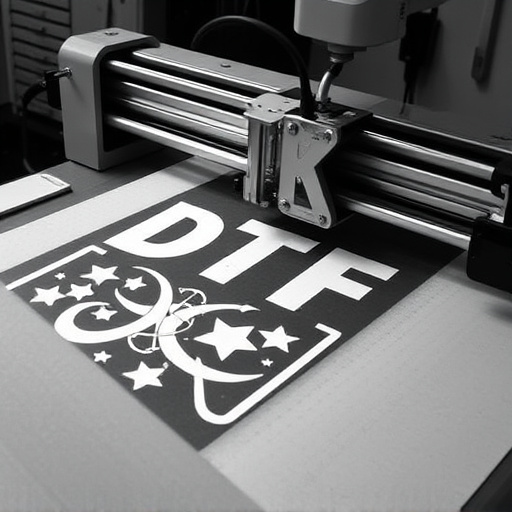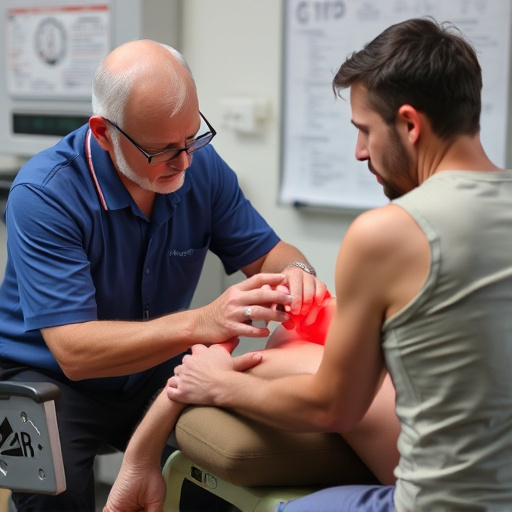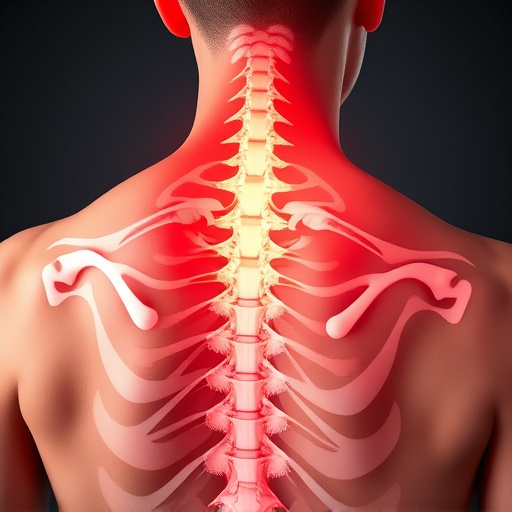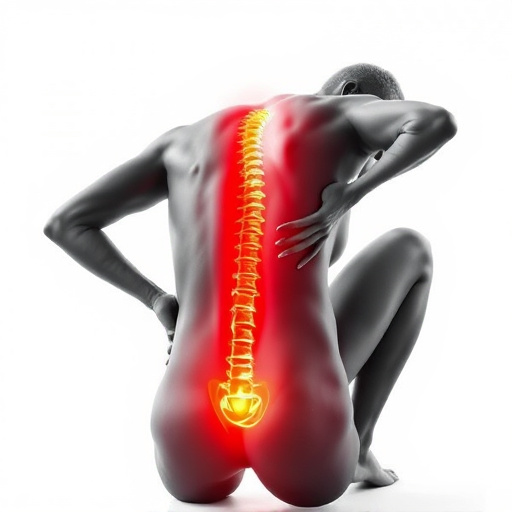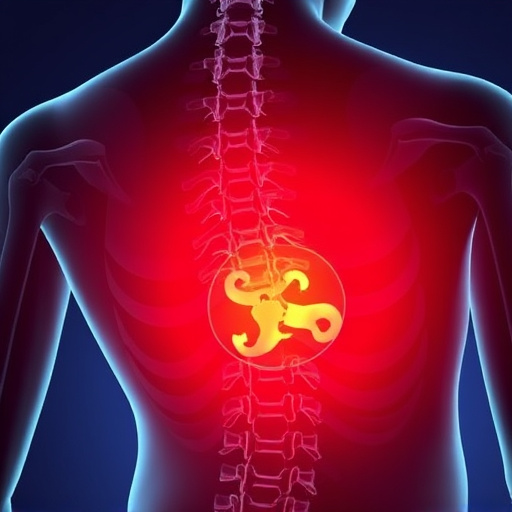Shockwave therapy for pain provides a non-invasive solution for chronic conditions like tendinopathy and muscle spasms, using high-energy acoustic waves to stimulate healing. Effective for auto accident recovery and post-injury care, it offers relief from persistent aches with minimal risks, though consultation with a healthcare provider is advised before treatment.
“Discover the potential of shockwave therapy as a game-changer in managing chronic pain. This non-invasive treatment has gained attention for its effectiveness in treating persistent discomfort. In this article, we explore the science behind shockwave therapy and its impact on alleviating pain.
We’ll delve into how this innovative approach works, from its mechanical mechanics to the physiological responses it triggers. Additionally, we’ll discuss the benefits, considerations, and real-world success stories, offering a comprehensive guide to understanding shockwave therapy for pain relief.”
- Understanding Shockwave Therapy for Chronic Pain
- How Does Shockwave Therapy Work?
- Benefits and Considerations of This Treatment Approach
Understanding Shockwave Therapy for Chronic Pain

Shockwave therapy for chronic pain has gained significant attention as a non-invasive approach to managing long-term discomfort. This therapeutic method uses high-energy acoustic waves, known as shockwaves, to stimulate the healing process in damaged soft tissues. By targeting specific areas of the body, shockwave therapy can offer relief for conditions like tendinopathy, fasciitis, and post-injury pain. It’s particularly effective in treating sciatica, a common cause of lower back and leg pain.
Understanding how shockwave therapy works involves grasping its ability to promote blood flow and stimulate cell regeneration. The acoustic waves create micro-traumas in the tissues, which trigger a healing response. This process can be especially beneficial for individuals who have exhausted traditional treatments without lasting relief. Shockwave therapy serves as a game-changer in post-injury care, aiding in recovery and reducing the need for more intensive interventions.
How Does Shockwave Therapy Work?

Shockwave therapy for pain works by using high-energy acoustic waves to stimulate a healing response in the body. This non-invasive treatment delivers focused shockwaves to specific areas, promoting tissue regeneration and reducing inflammation. Unlike surgical procedures or heavy medication, shockwave therapy is a safe and effective option for chronic pain sufferers looking for relief without the risks associated with more invasive methods.
It’s particularly beneficial for conditions like tendonitis, muscle spasms, and post-accident rehabilitation, offering an alternative to traditional chiropractic care. By encouraging the body’s natural healing process, shockwave therapy can significantly improve mobility and reduce pain levels over time, making it a promising solution for those seeking long-lasting relief from chronic pain.
Benefits and Considerations of This Treatment Approach

Shockwave therapy for pain has emerged as a promising treatment approach for chronic conditions that don’t respond well to conventional therapies. One of its key benefits is non-invasive nature, making it an attractive option for patients seeking alternative solutions to surgery or long-term medication. This method uses high-energy acoustic waves to stimulate tissue repair and promote healing in damaged areas, offering relief from persistent aches.
When considering shockwave therapy as a treatment option, especially for auto accident recovery or post-injury care, it’s crucial to discuss the potential risks and benefits with a qualified healthcare provider. Although generally safe, side effects may include temporary pain, swelling, or redness at the treatment site. It’s particularly effective for conditions like tendinopathy, muscle spasms, and certain types of arthritis. Additionally, personal injury chiropractic professionals can incorporate this therapy into comprehensive care plans to aid in rehabilitation efforts.
Shockwave therapy for chronic pain offers a non-invasive, promising approach with notable benefits. By stimulating tissue repair and modulating pain signals, it can provide significant relief for various conditions. However, individual results may vary, and consulting a healthcare professional is essential to determine if shockwave therapy is the right treatment option. As research continues to evolve, this innovative method showcases potential as a game-changer in managing chronic pain effectively.




